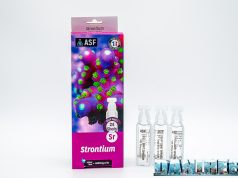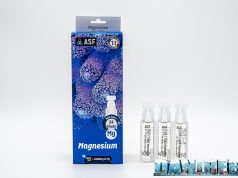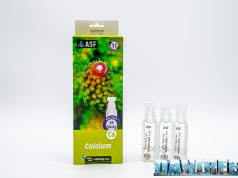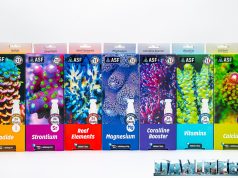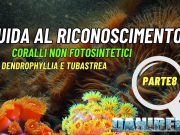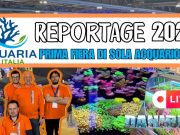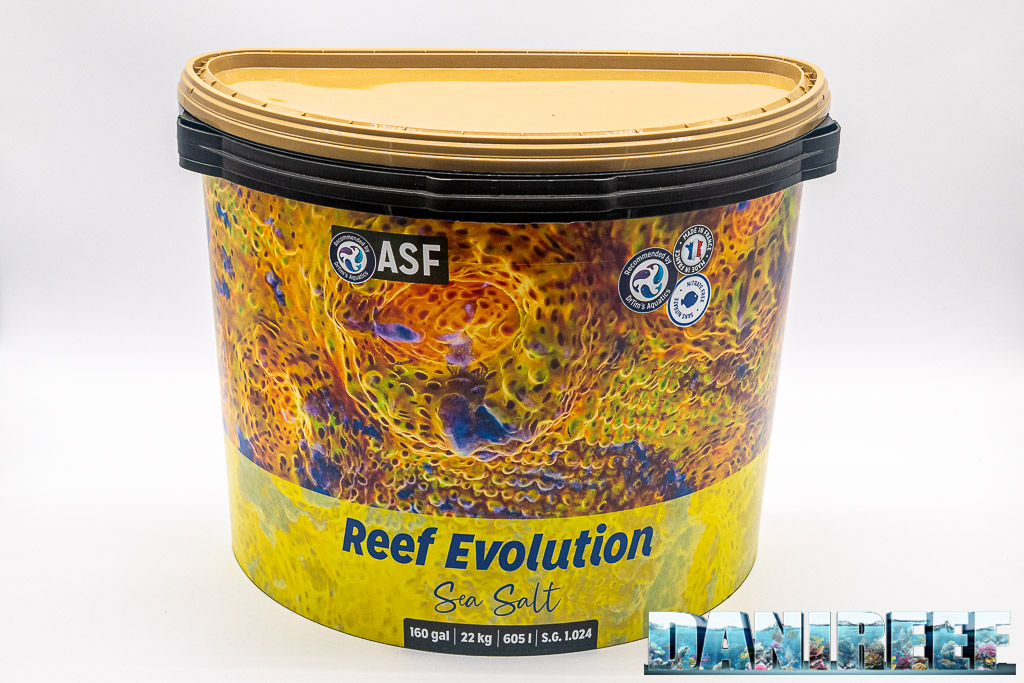
Reef Evolution Salt is a third-generation sea salt, born out of the experience of ASF Aquarium System and has everything it needs to be considered perfect.
This article is also available in: Italiano
Whenever I talk about sea salt I like to start with the basics because, in my humble opinion, not enough importance is given to the salt that is used to create the sea water used in our aquariums. Although it is self-evident to think that since water is the liquid in which everything is immersed, if there are issues with out water, then our whole system will have problems and carry them for a very long time. Assuming we can solve them.
That is why I consider salt to be one of the key components for our aquarium. So I think the choice of a good salt is a key factor for the splendor of an aquarium. It is crucial in preparing the water for starting our aquarium so that it is a perfect water, but it is also crucial in preparing the water for the changes. In this regard, we repost a few articles from our portal that are among the most widely read and appreciated:
- Salinity in a marine reef aquarium;
- Water change: the views of 10 international experts;
- Water change according to Julian Sprung;
- Calculate automatically the salt to be added in the aquarium for proper salinity;
- How to lower poisons in aquarium with water change: Part 1.
This dutiful promise is important because we finally have here with us a salt that has been much talked about lately, both in Italy and in the United States, as we got to see during ReefApalooza in New York (click for more information). We are talking about Reef Evolution Salt from Aquarium Systems.
Reef Evolution Salt in detail
Reef Evolution Salt has been formulated to best meet the needs of reef aquariums by providing a regular supply of oligoelements, calcium, magnesium and alkalinity. Earlier I wrote third-generation salt because in addition to trace elements, it also contains food for beneficial bacteria, amino acids and vitamins that support biological processes in the aquarium for optimal coral growth and coloration and fish health.
As many as 10 different amino acids, essential vitamins are contained in the salt, and the salt is certified to be phosphate-free, nitrate-free, nitrite-free, and ammonium-free.
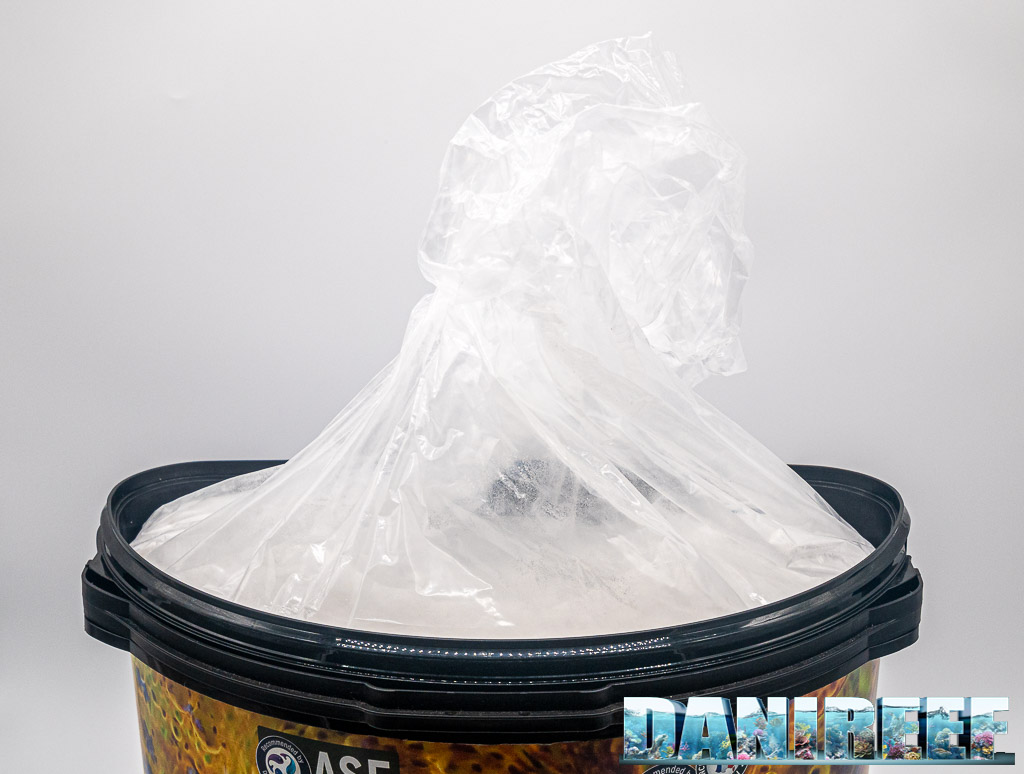
Mind you, this is not a probiotic salt, but if anything it is a prebiotic salt! And that is also why we called it third generation salt. On one hand because Reef Evolution Salt is the third salt developed and formulated by Aquarium Systems. First Instant Ocean and then later Reef Crystal. But that is not the only reason for calling it that name. First came sea salts, let’s call them traditional, then came probiotic sea salts, i.e., those enriched with bacteria, and finally Aquarium Systems is presenting us with a prebiotic salt. That is, without bacteria, but with food for the bacteria themselves thanks to carbon sources. And I must say that I really like this very much.
Also because the bacteria are already in the aquarium, or we can use bacteria that are more specific to what we and our aquarium need. Using perhaps the brands we prefer. In any case I consider it much more useful to have the bacteria food than the bacteria themselves. The food in fact stimulates bacterial production, without the bacteria themselves having to die from lack of food.
Chemical composition
The Reef Evolution Salt is a charged, yet extremely balanced salt. The magnesium value is exactly three times that of calcium. And a carbonate value, or KH, that is absolutely perfect for not being too aggressive to corals.
With a density of 1024 in fact we have the following values, as stated and tested by Aquarium Systems:
| Calcium | 435-460 ppm |
| Magnesium | 1340-1400 ppm |
| Kh | 7.7-8.3 |
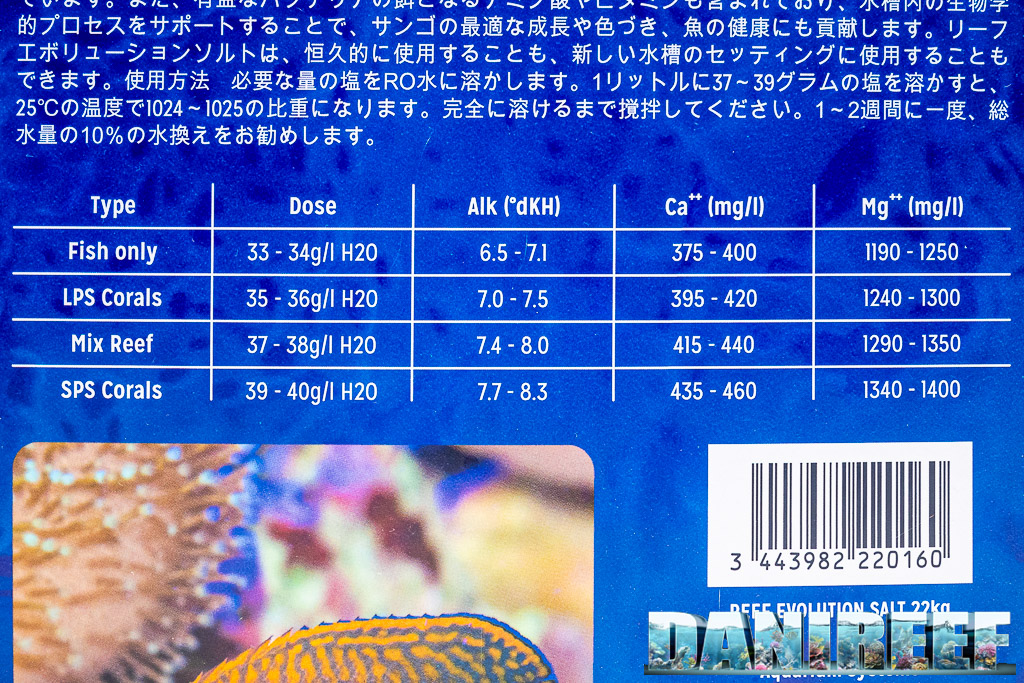
In this case, unlike in the Reef Crystal salt, Aquarium Systems has not provided values inferred from an ICP analysis, and we honestly believe that for one of the companies that has made the history of aquarium salt this is not a particular problem. Given the excellent reputation of its salt over the years, we believe that the stated values are more than enough to reassure us aquarists.
How to prepare water
As we pointed out in this article “salinity in a marine reef aquarium” we prepare water, at least the first time, using 39/40 grams of salt per liter of water. Using a smaller amount of salt, as indicated in the table on the back of the package, results in a lower salinity suitable for the various types of animals kept. According to the manufacturer. I am from the team 35 per thousand, meaning that for me the right salinity is always 35 per thousand, and therefore 39-40 grams per liter.
The exact amount stoichiometrically would be 36.27 grams. But if you want to go more in depth, we refer you to the article linked above. Once the salt is dissolved we check the amount and then adjust if necessary by adding a little water. For this it is of course critical that the amount of salt is less than what is needed.
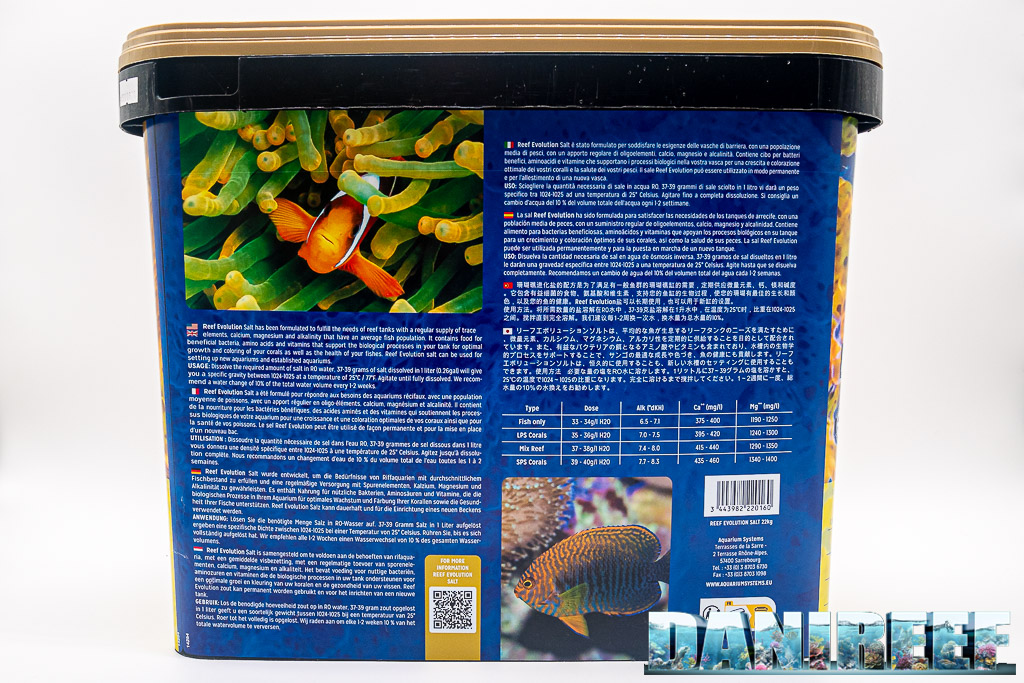
With the 39 grams per liter we should get a concentration around 36 per thousand, we think. Easy to use the following calculator that tells us that to get the salinity of 35 per thousand in our 80 liters, considering that we had prepared 40 liters, we need to add 2.3 liters to the solution. Much easier than having to add salt because the solution is too charged. Yes we are changing a lot of water, if you follow us in the coming weeks we will tell you why.
Hereunder you can use this tool to the automatic calculation for solutions with excess salt.
1.024 specific gravity or 35 per thousand per 606 liters?
We discovered a curious thing. Aquarium Systems indicates that at 1.024 specific gravity, that is, with a density of 1.021 and a ratio of 32 per thousand, one can produce 606 liters.
However, if the salt were completely anhydrous (i.e., without any trace of moisture), dividing the 22 kilograms of content by the amount of 36.27 grams we would get precisely 606 liters…but at a rate of 35 per thousand! Of course using 39-40 grams we would get 565 liters. In the end these are details, but just to understand.
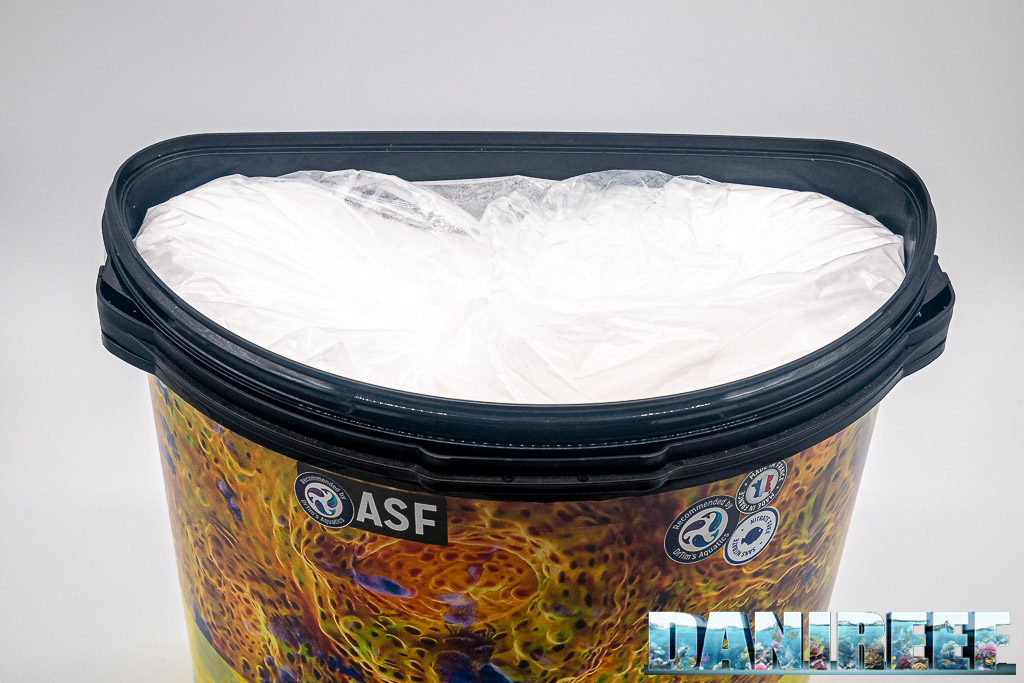
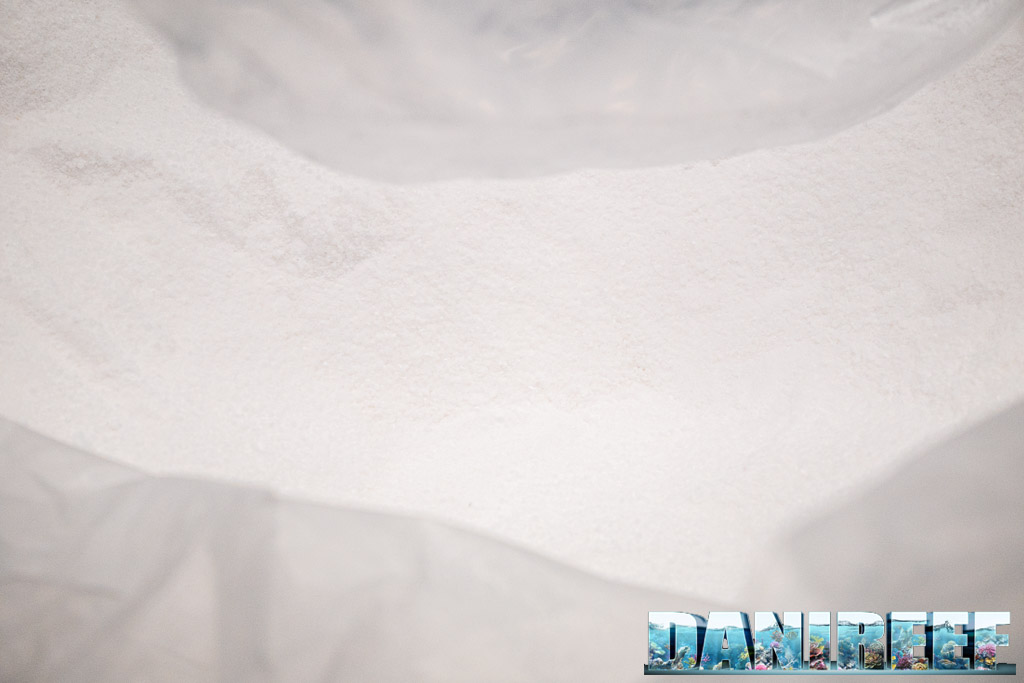
One detail that personally drives me crazy is the shape of the bin. A crescent moon that has now become iconic with the gold color that predominates on the packaging.
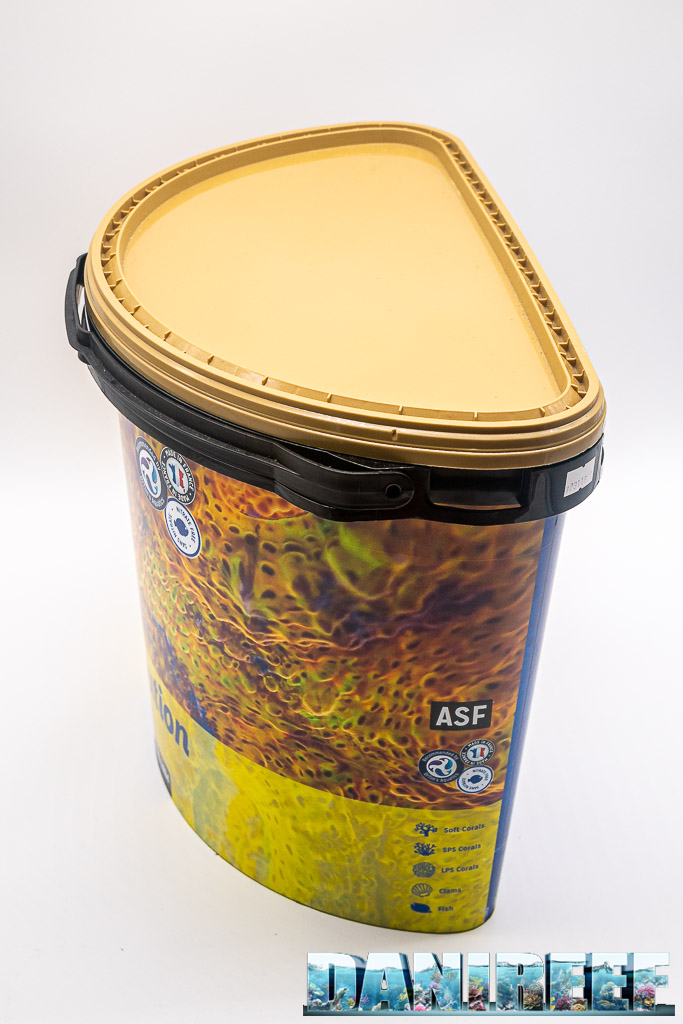
How do you open the bin?
This sounds like a stupid question, but I often have to figure out how to open a bin. In this case it’s very simple because you just press open where you see the little window.
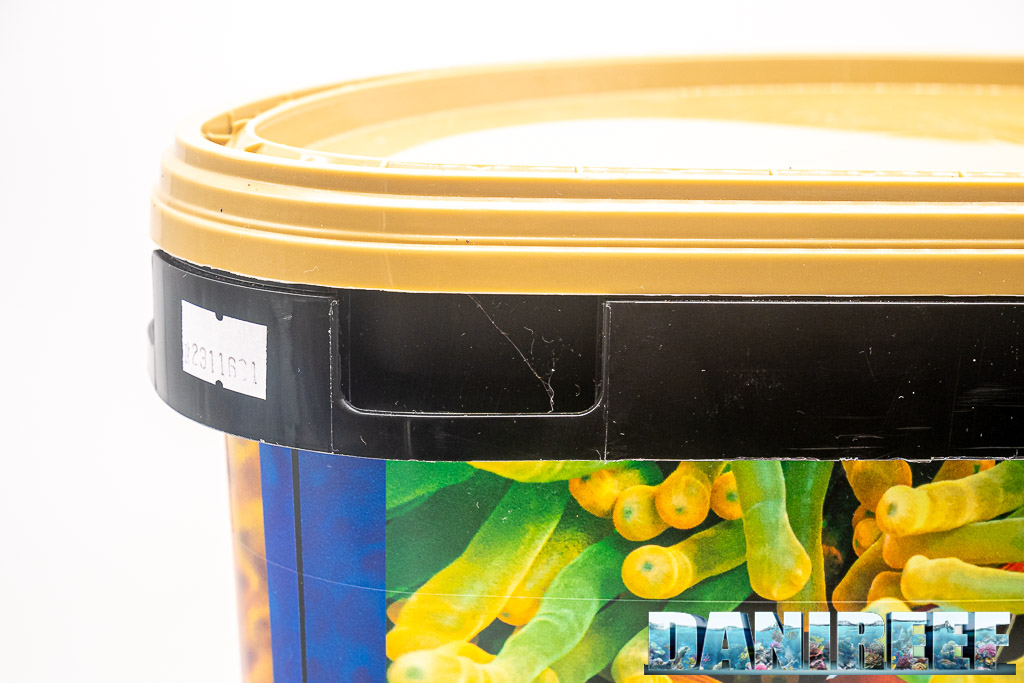
The salt is contained inside the 22 kg bin in a plastic bag. The pressure lid and the bag completely eliminate the possibility of moisture getting to the salt itself.
The Reef Evolution Salt can also be found for sale on Amazon clicking here. The price is 120 euros, or 5.45 euros per kg.
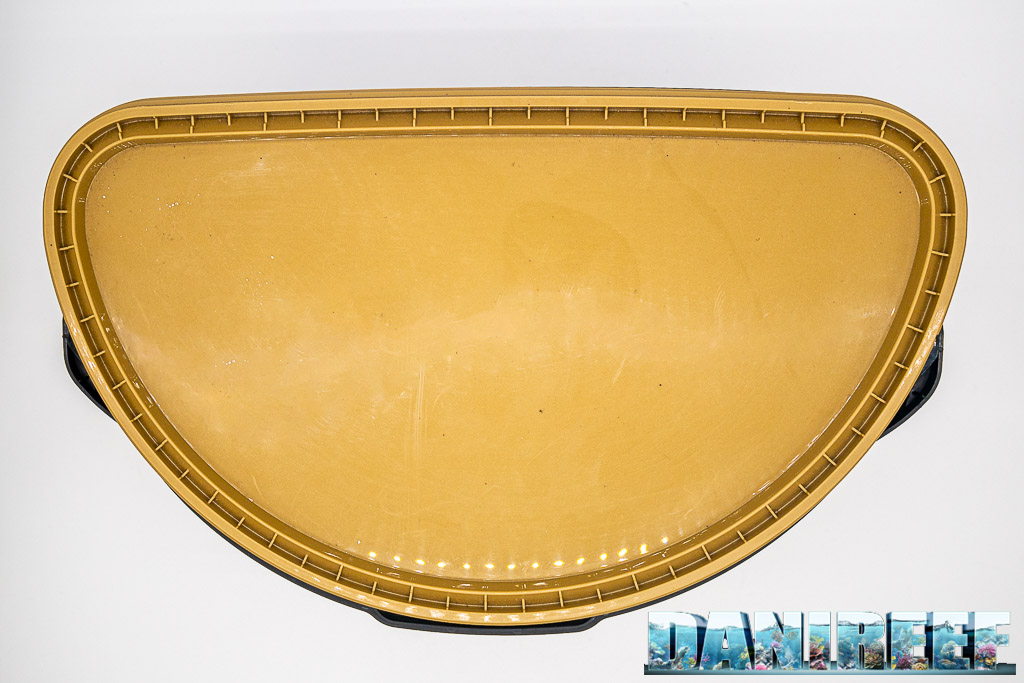
We are testing it a little bit in our nanoreef, have you guys tried it? What do you think of it? Write us in the comments, or on Telegram, Instagram, Facebook, Twitter or Youtube, whichever social media you prefer where you can follow us so you don’t miss all our news, articles, reviews and reports, and if you need to ask for help we are waiting for you in our forum.








